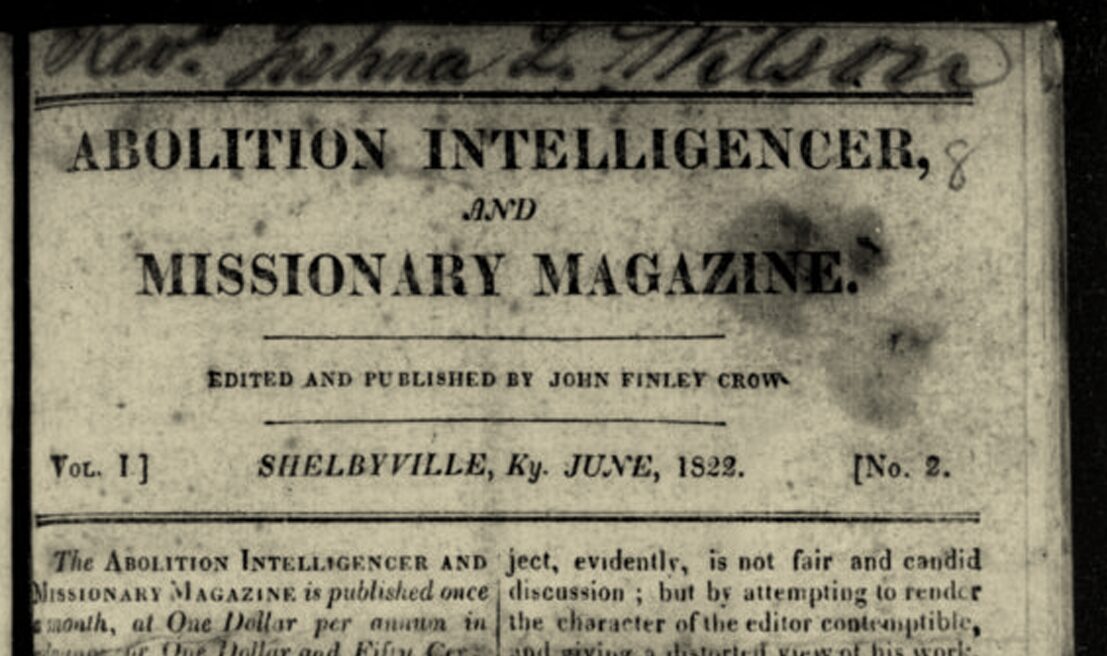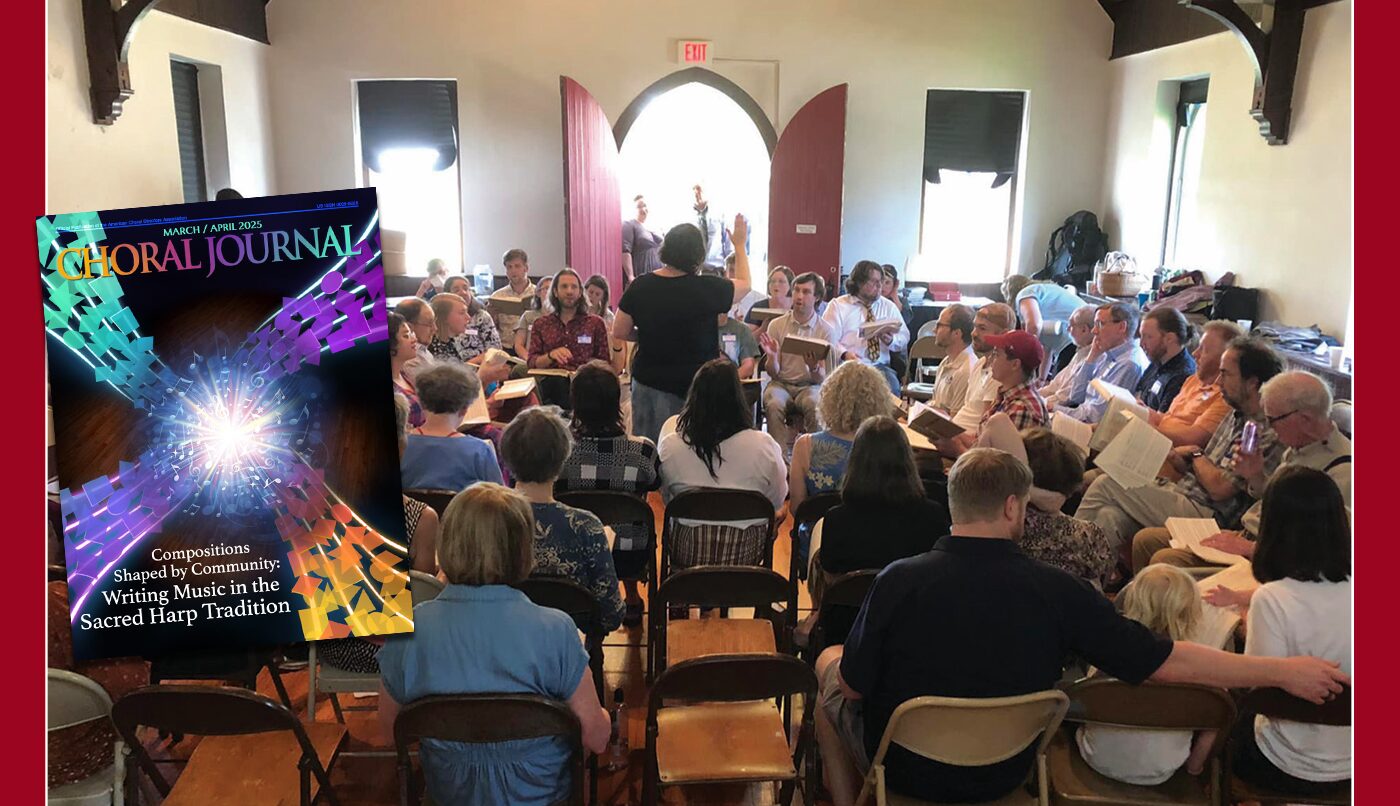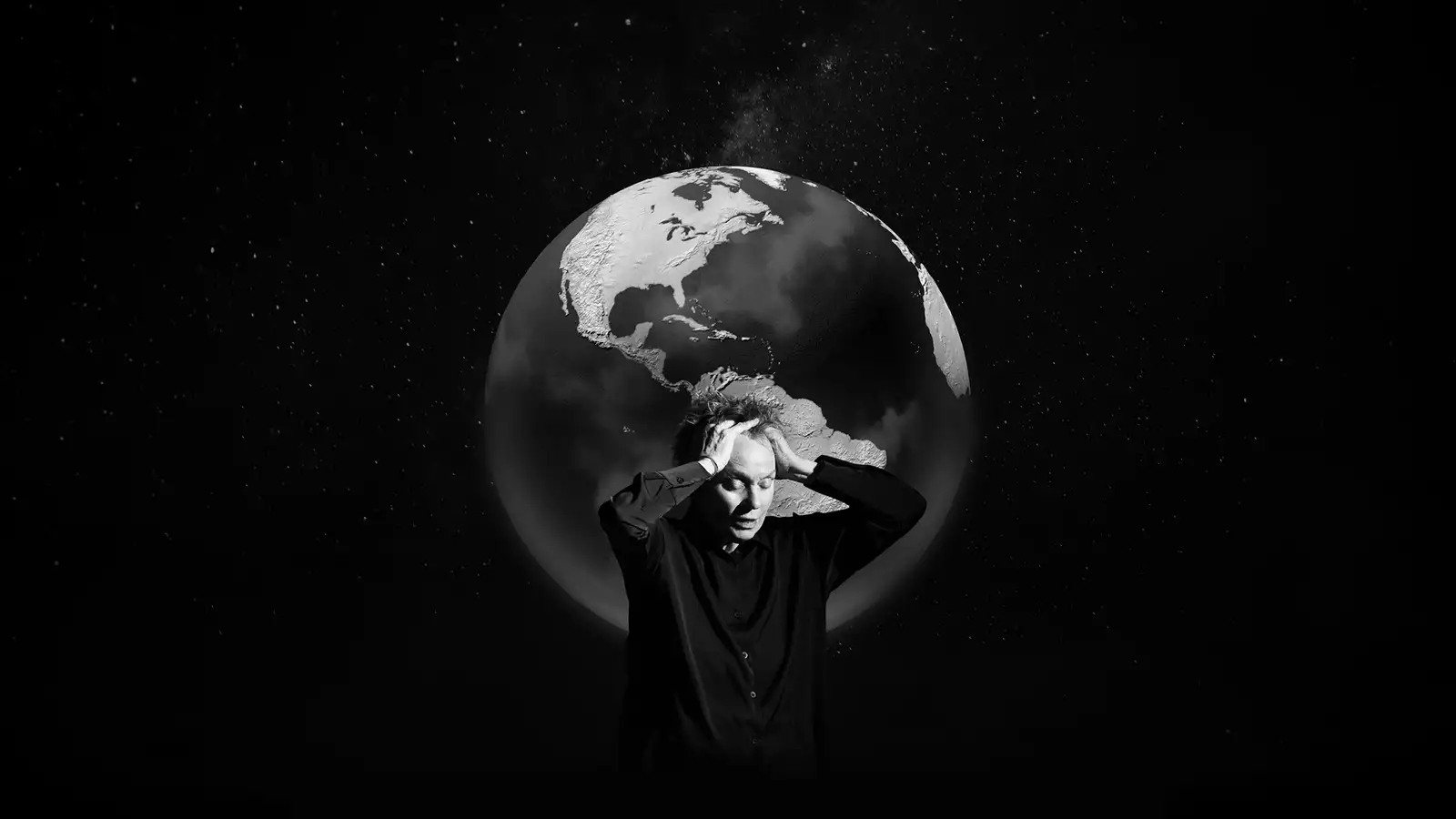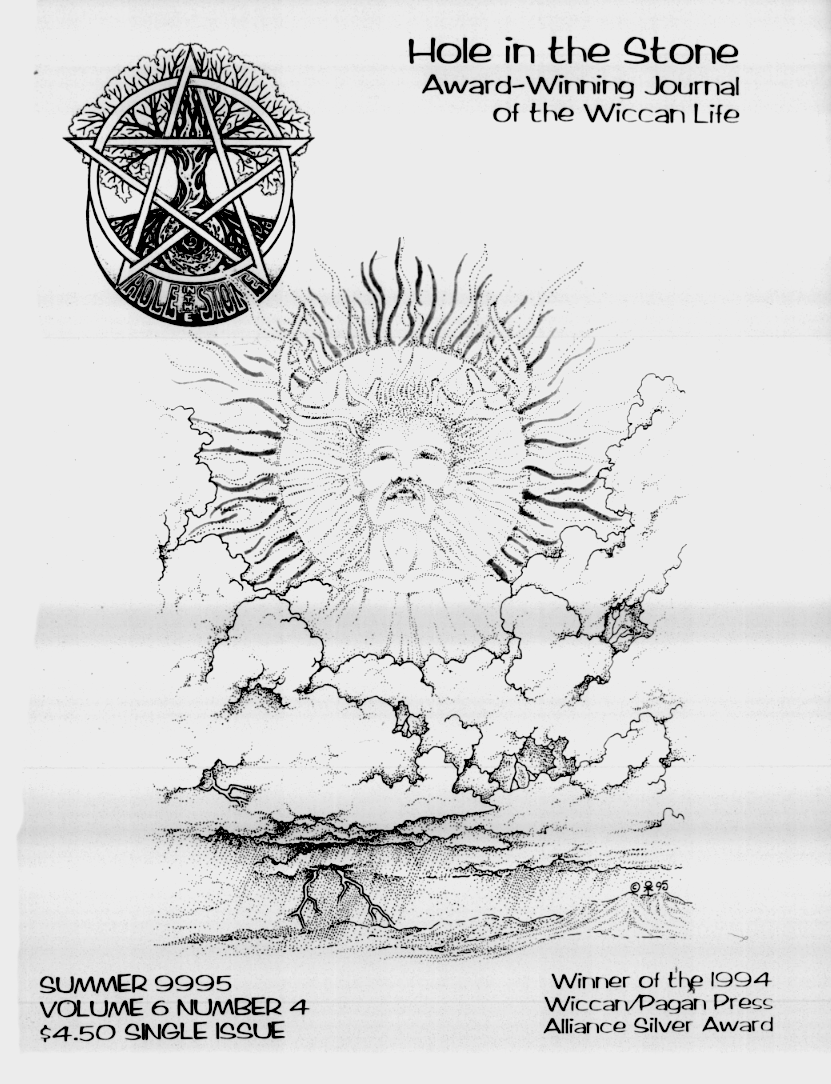Category: ·Sacred Harp & Cultural Impact
-

Published in the Abolition Intelligencer and Missionary Magazine (Shelbyville, KY, Vol. 1, Iss. 2, June 1822), this letter from Elijah Boardman (findagrave.com) provides a striking glimpse into the use of shape-note singing in early American missionary efforts. The account describes a singing school among the Tuscarora people in Lewistown, New York, where indigenous singers learned…
-

In the late 19th century, rural communities across the South and Midwest found joy and connection through the vibrant tradition of shape-note singing. Mitchell B. Garrett’s Horse and Buggy Days on Hatchet Creek: An Alabama Boyhood in the 1890s (Tuscaloosa, AL: University of Alabama Press) offers a rich firsthand account of how this musical practice…
-

Born in 1784, Elsie Chittenden of Guilford, Connecticut, was a shape-note singer born sixty years before B.F. White’s The Sacred Harp was published. As a young woman, she sang counter in her church choir when the pitch pipe was the only aid to congregational singing, and tunes like Old Hundred and Mear were the backbone…
-

In shape-note singing, we welcome every voice, valuing participation over polish and the shared experience over individual refinement. But not every tradition has held this view. The musical reform movement of the 19th and early 20th centuries sought to reshape American congregational singing, favoring trained voices and standardized harmony over the raw, communal sound that…
-

A paper on composing music in the Sacred Harp tradition is the feature article in the new March/April 2025 issue of Choral Journal (Vol. 65, No. 7). Three singers, who are also three scholars, have teamed up for the paper. Lily M. Hammond, Abigail C. Cannon, and Esther M. Morgan-Ellis have written the paper “Compositions…
-

Performing at Aviva Studios Manchester, UK on 15,16 and 20-24 November, 2024. After posting about an impressive installation work in London, and a new play in Australia, I was fascinated to learn about Laurie Anderson’s newest work, ARK: United States Part 5, which includes a collaboration with shape-note singers. Premiering in Manchester last week, and…
-

Whenever I mention Sacred Harp singing, almost everyone I talk to says they’ve “never heard of it.” Yet now that I’m paying closer attention, I seem to see it everywhere. Maybe it’s just the Baader-Meinhof phenomenon—a kind of observational bias where something you’ve just learned about suddenly appears in your surroundings—but I can’t help but…
-

In Hole in the Stone (Summer 1995, Vol. 6, Iss. 4), singer Alix Baillie shared her unique perspective on Sacred Harp singing in an article titled Down-Home Singing Frenzies: Sacred Harp for Pagans. Though Baillie comes from a Pagan background, she found herself captivated by the raw, communal power of Sacred Harp. Her story serves…
-

As a shape note singer interested in its history, I’ve always found beauty and power in this unique American tradition. To see this 19th-century, Southern form of spiritual folk music continually finding new life in the 21st century, especially outside the US, is deeply moving. Holly Herndon and Mat Dryhurst’s new exhibit “The Call” at…
-

The following article, published in Musical Magazine Vol. 1 No. 3 for July 1835, was part of a journal edited by Thomas Hastings, a prominent American composer and music educator who played a central role in advocating for the reform of sacred music in the United States. This article provides a critical overview of American…
